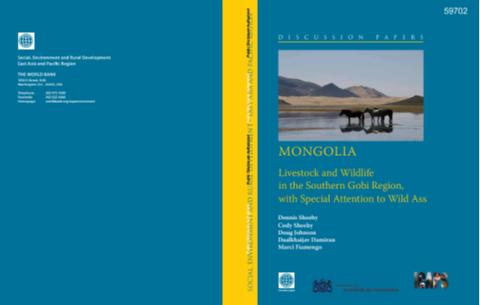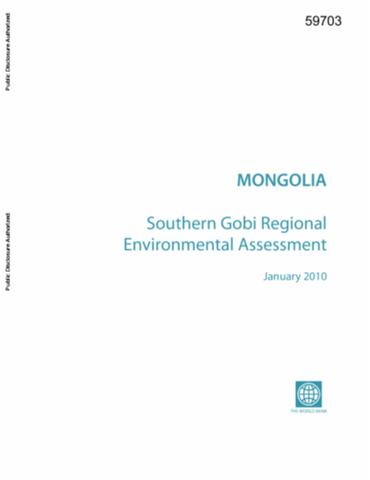Which catchment characteristics control the temporal dependence structure of daily river flows?
Hydrological classification systems seek to provide information about the dominant processes in the catchment to enable information to be transferred between catchments. Currently, there is no widely agreed‐upon system for classifying river catchments. This paper develops a novel approach to classifying catchments based on the temporal dependence structure of daily mean river flow time series, applied to 116 near‐natural ‘benchmark’ catchments in the UK. The classification system is validated using 49 independent catchments.






